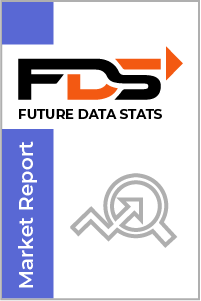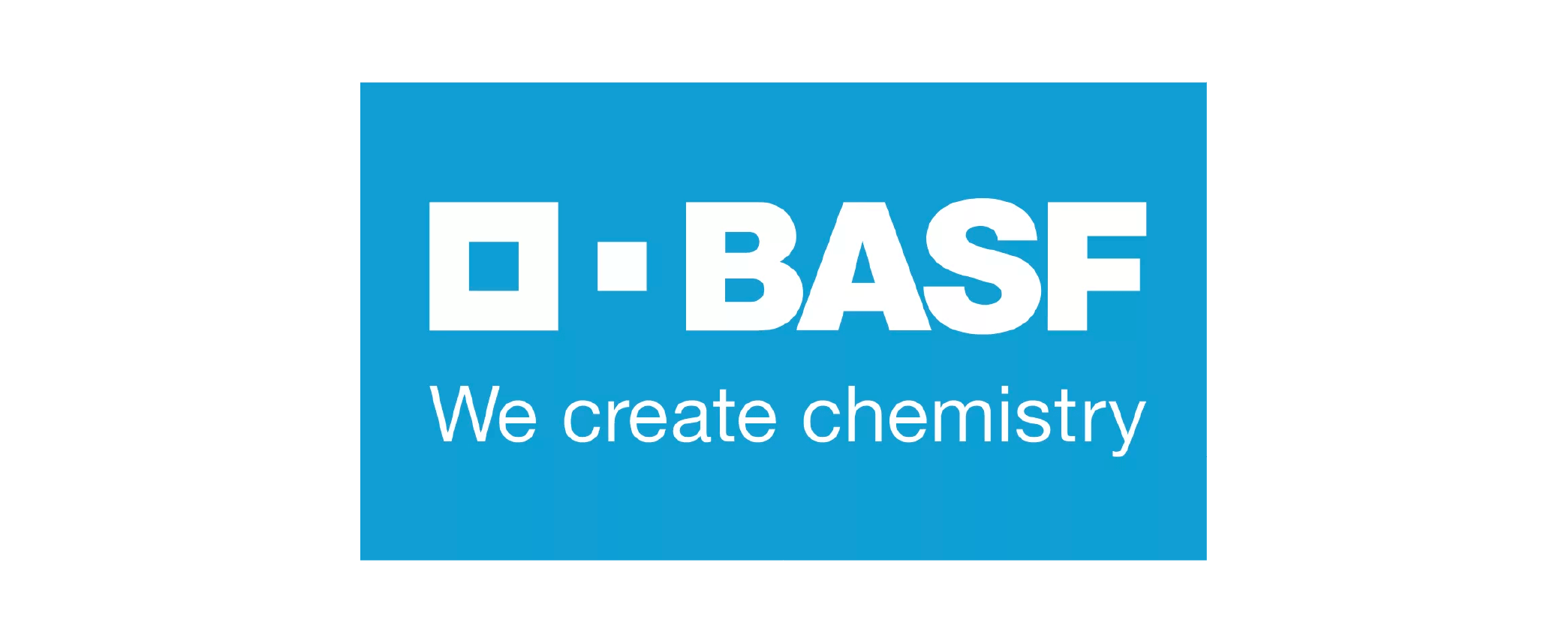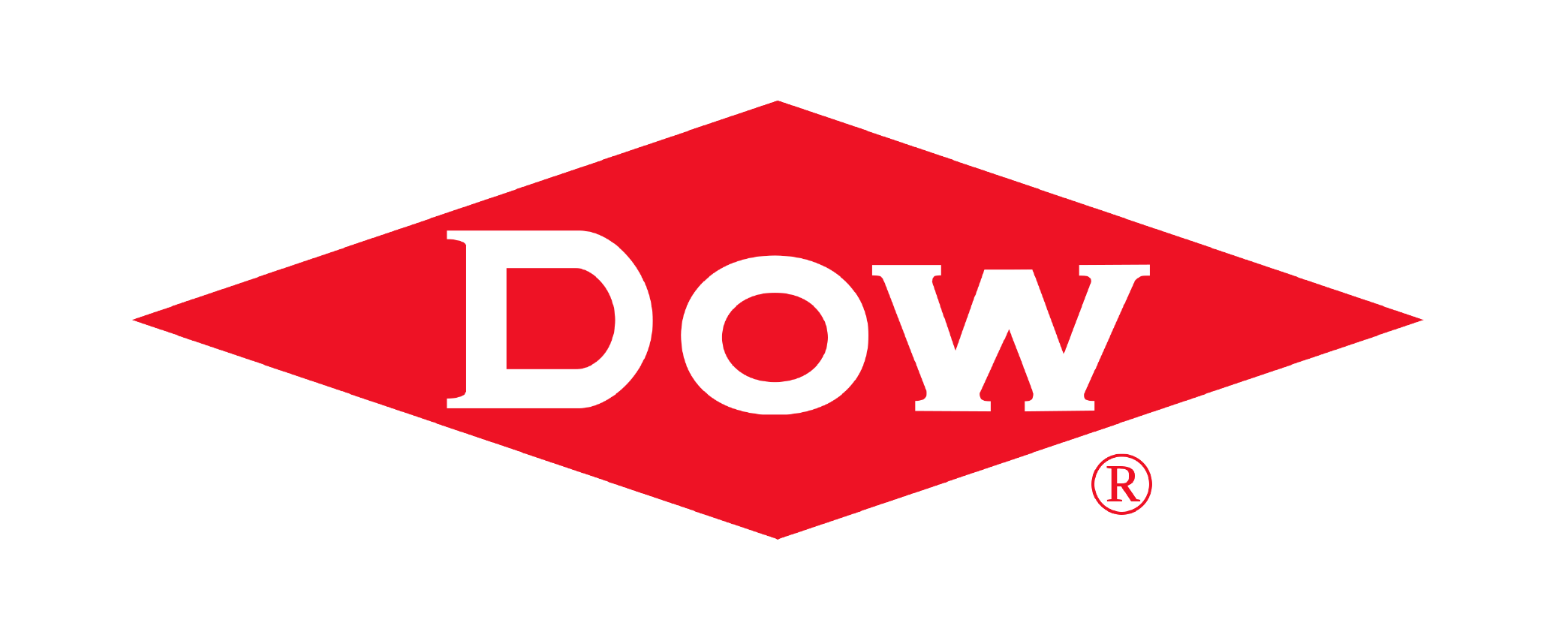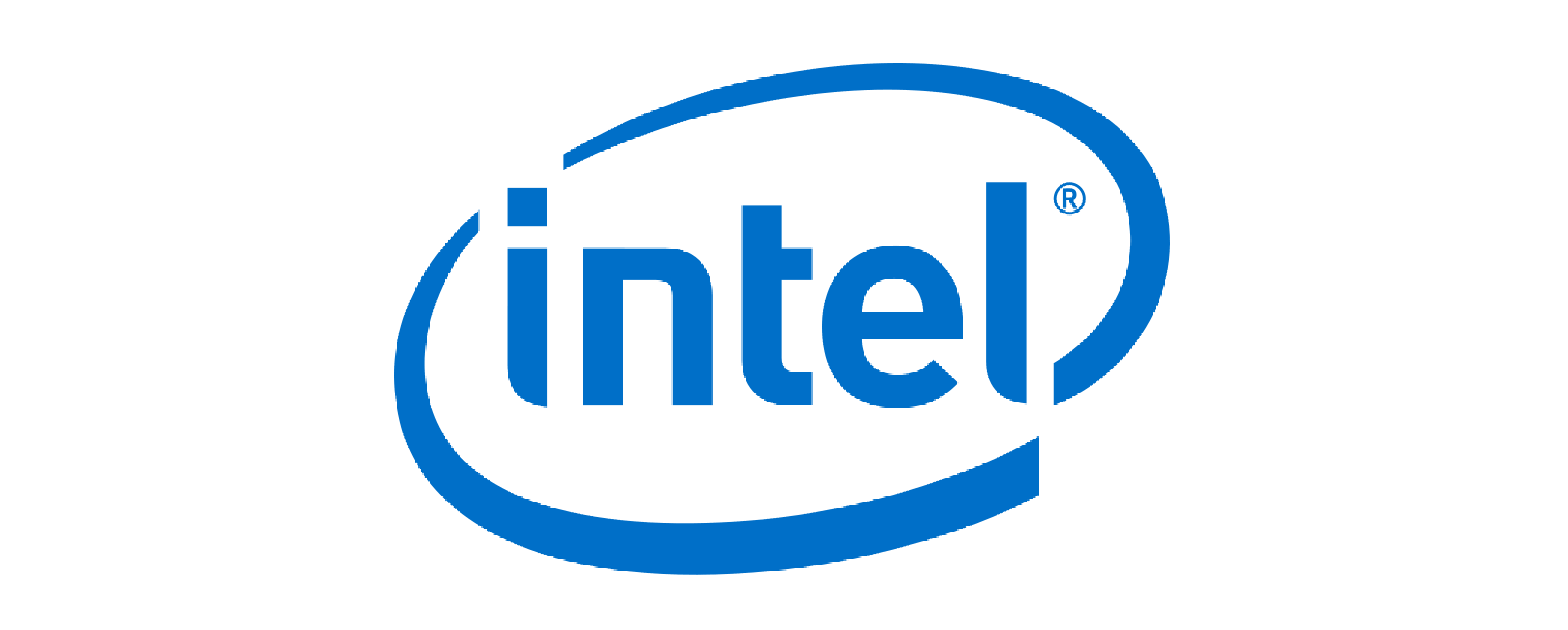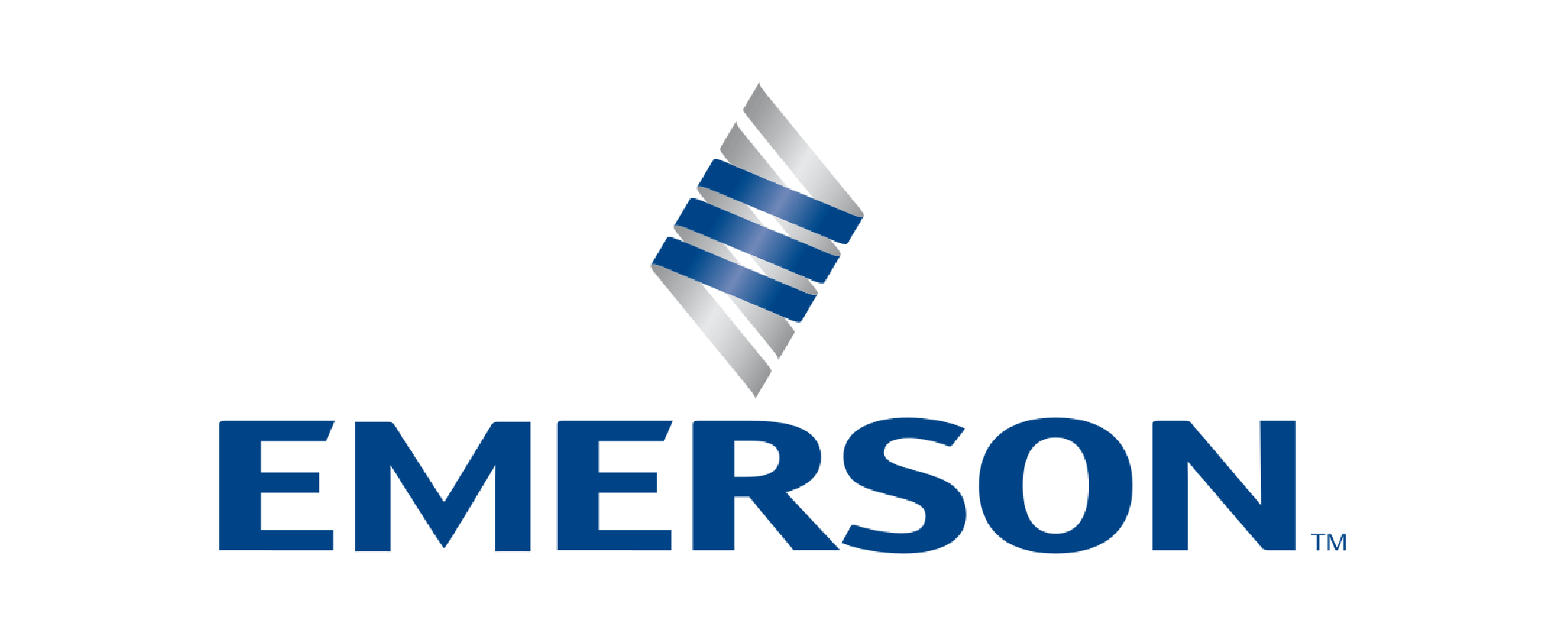The global Automotive Chemicals market size was valued at USD 2.10 billion in 2023 and is projected to expand at a compound annual growth rate (CAGR) of 3.8% during the forecast period, reaching a value of USD 4.18 billion by 2030.
Automotive Chemicals market research report by Future Data Stats, offers a comprehensive view of the market's historical data from 2018 to 2021, capturing trends, growth patterns, and key drivers. It establishes 2022 as the base year, analyzing the market landscape, consumer behavior, competition, and regulations. Additionally, the report presents a well-researched forecast period from 2023 to 2030, leveraging data analysis techniques to project the market's growth trajectory, emerging opportunities, and anticipated challenges.
MARKET OVERVIEW:
Automotive chemicals play a pivotal role in maintaining the longevity and performance of vehicles. These specialized substances encompass a wide range of products designed to address various automotive needs. From engine additives that enhance fuel efficiency to brake fluids ensuring optimal braking performance, automotive chemicals are essential for the smooth operation and longevity of a vehicle. They contribute to the overall health of the automotive systems, preventing corrosion, reducing friction, and ensuring components work seamlessly together.
Understanding the significance of automotive chemicals is crucial for every vehicle owner. These products are not merely additives; they are the unsung heroes behind the scenes, working diligently to protect and optimize the intricate machinery within our vehicles. Whether it's safeguarding against rust and corrosion or improving overall fuel combustion, automotive chemicals are the silent partners in ensuring our vehicles run smoothly, efficiently, and stand the test of time.
MARKET DYNAMICS:
The increasing demand for vehicle maintenance and care products, as consumers become more conscious of the importance of preserving their vehicles. Additionally, stringent environmental regulations drive the development of eco-friendly automotive chemicals, fostering innovation within the market. The growing automotive industry, coupled with rising disposable incomes, further boosts the demand for high-quality chemicals that enhance vehicle performance and longevity.
One notable factor is the volatility in raw material prices, which directly affects the production costs of automotive chemicals. Economic uncertainties and fluctuations in currency exchange rates also pose challenges to market players. Despite these obstacles, the Automotive Chemicals market presents promising opportunities. The increasing trend of electric vehicles creates a niche for specialized chemicals, such as those used in battery maintenance.
AUTOMOTIVE CHEMICALS MARKET SEGMENTAL ANALYSIS
BY TYPE:
Lubricants and fluids are indispensable in ensuring smooth engine operation and reducing friction, a critical factor in the automotive industry. Adhesives and sealants contribute to structural integrity and safety, while cleaning agents are essential for maintaining the aesthetic appeal of vehicles. Paints and coatings not only enhance the visual appeal but also protect the vehicle's exterior from environmental factors.
Anti-corrosion chemicals are crucial for preventing rust and degradation of metal components, ensuring the longevity of automotive systems. Coolants and antifreeze play a vital role in regulating engine temperature, preventing overheating and potential damage. The category of fuel additives addresses the need for improved fuel efficiency and reduced emissions, aligning with the industry's focus on sustainability.
BY APPLICATION:
Interior applications involve the use of cleaning agents, adhesives, and sealants to maintain a clean and aesthetically pleasing environment within the vehicle, contributing to the overall driving experience.
Exterior applications encompass a range of chemicals such as paints, coatings, and anti-corrosion agents, protecting the vehicle's outer surface from environmental elements and ensuring durability. Electronics and electrical components benefit from specialized chemicals that safeguard against corrosion and enhance conductivity, addressing the increasing complexity of modern automotive systems. Brake and fuel systems rely on specific chemicals for optimal functioning and safety, ensuring the efficiency and reliability of critical components. Tires and wheels, subjected to various road conditions, benefit from chemicals that enhance durability and performance, contributing to overall road safety.
The diverse range of applications within the Automotive Chemicals market reflects the intricate web of factors that drive its growth. Manufacturers and suppliers in this industry must adapt to the unique requirements of each application segment, emphasizing innovation and quality to meet the evolving needs of the automotive sector.
BY END USER:
Original Equipment Manufacturers (OEMs) stand as key stakeholders in this market, relying on automotive chemicals for the production and assembly of vehicles. These manufacturers prioritize quality chemicals to ensure the durability, performance, and longevity of the vehicles they produce. The demand for innovative solutions that meet stringent industry standards drives collaboration between OEMs and chemical suppliers, creating a symbiotic relationship that fosters advancements in automotive technology.
On the other hand, the aftermarket segment, focused on repair and maintenance, represents a dynamic and ever-evolving market for automotive chemicals. Repair and maintenance activities require a diverse range of products, from lubricants and fluids for routine engine care to adhesives and sealants for structural repairs. The aftermarket segment places a premium on effective solutions that cater to the specific needs of vehicle owners and maintenance professionals. As vehicles age, the aftermarket becomes a vital arena for automotive chemicals, addressing the ongoing requirements of consumers and ensuring the sustained performance of existing vehicles.
Navigating the Automotive Chemicals market requires a nuanced understanding of the distinct demands of both OEMs and the aftermarket. Suppliers and manufacturers must tailor their products to meet the high standards set by original equipment manufacturers while also providing cost-effective and efficient solutions for the aftermarket.
REGIONAL ANALYSIS:
North America, with its robust automotive industry and consumer awareness, is a significant player in the market. The region's focus on sustainable and eco-friendly solutions drives the demand for innovative automotive chemicals, while stringent environmental regulations contribute to the development of greener products.
In Europe, renowned for its automotive engineering excellence, the Automotive Chemicals market is characterized by a high emphasis on quality and performance. Stringent safety standards and the growing trend toward electric vehicles foster the demand for specialized chemicals, presenting both challenges and opportunities for market players. Asia Pacific emerges as a dynamic hub with a burgeoning automotive sector, particularly in countries like China and India.
COVID-19 IMPACT:
The global disruptions in supply chains, restrictions on movement, and economic uncertainties resulted in a temporary decline in automotive production and sales. This, in turn, affected the demand for automotive chemicals as manufacturers faced challenges in maintaining regular operations.
However, amidst the challenges, the pandemic also accelerated certain trends within the Automotive Chemicals market. With a heightened focus on health and safety, there was an increased demand for cleaning agents and disinfectants for vehicle interiors. The shift towards remote work and e-commerce led to a surge in demand for delivery vehicles, emphasizing the importance of proper maintenance and care, thus driving the need for automotive chemicals.
KEY MARKET PLAYERS:
- Exxon Mobil Corporation
- Royal Dutch Shell plc
- Chevron Corporation
- BASF SE
- The Dow Chemical Company
- TotalEnergies SE
- SABIC (Saudi Basic Industries Corporation)
- Fuchs Petrolub SE
- DuPont de Nemours, Inc.
- 3M
- Lubrizol Corporation
- Croda International Plc
- AMSOIL INC.
- Ashland Global Holdings Inc.
- Eastman Chemical Company
- CCI Corporation
- Gulf Oil Corporation Ltd.
- Motul
- Penrite Oil Company
- Radiator Specialty Company
- Chemours Company
- Warren Distribution, Inc.
- Bardahl Manufacturing Corporation
- Nouryon
- Innospec Inc.
Table of Contents
Executive Summary
1.1 Overview
1.2 Key Findings
1.3 Market Attractiveness Analysis
Introduction
2.1 Research Methodology
2.2 Scope of the Report
2.3 Assumptions
Market Overview
3.1 Definition of Automotive Chemicals
3.2 Market Segmentation
3.3 Market Dynamics
3.3.1 Drivers
3.3.2 Restraints
3.3.3 Opportunities
3.4 Porter's Five Forces Analysis
3.5 PESTEL Analysis
Automotive Chemicals Market, by Product Type
4.1 Engine Oil
4.2 Transmission Fluids
4.3 Brake Fluids
4.4 Coolants
4.5 Antifreeze
4.6 Others
Automotive Chemicals Market, by Application
5.1 Passenger Vehicles
5.2 Commercial Vehicles
Automotive Chemicals Market, by Distribution Channel
6.1 OEMs
6.2 Aftermarket
Automotive Chemicals Market, by Region
7.1 North America
7.1.1 U.S.
7.1.2 Canada
7.1.3 Mexico
7.2 Europe
7.2.1 Germany
7.2.2 U.K.
7.2.3 France
7.2.4 Rest of Europe
7.3 Asia Pacific
7.3.1 China
7.3.2 Japan
7.3.3 India
7.3.4 Rest of Asia Pacific
7.4 Latin America
7.4.1 Brazil
7.4.2 Argentina
7.4.3 Rest of Latin America
7.5 Middle East & Africa
7.5.1 Saudi Arabia
7.5.2 South Africa
7.5.3 Rest of Middle East & Africa
Competitive Landscape
8.1 Market Share Analysis
8.2 Company Profiles
8.2.1 Company A
8.2.2 Company B
8.2.3 Company C
8.2.4 Company D
8.2.5 Company E
(and so on)
Conclusion
Appendix
10.1 Data Sources
10.2 Abbreviations
10.3 Disclaimer
Automotive Chemicals Market Segmentation
By Type:
- Lubricants and Fluids
- Adhesives and Sealants
- Cleaning Agents
- Paints and Coatings
- Anti-Corrosion Chemicals
- Coolants and Antifreeze
- Fuel Additives
- Others
By Application:
- Engine and Transmission
- Interior
- Exterior
- Electronics and Electrical Components
- Brake and Fuel Systems
- Tires and Wheels
- Others
By End User:
- Original Equipment Manufacturers (OEMs)
- Aftermarket (repair & maintenance)
By Geography:
- North America (USA, Canada, Mexico)
- Europe (Germany, UK, France, Russia, Italy, Rest of Europe)
- Asia-Pacific (China, Japan, South Korea, India, Southeast Asia, Rest of Asia-Pacific)
- South America (Brazil, Argentina, Columbia, Rest of South America)
- Middle East and Africa (Saudi Arabia, UAE, Egypt, Nigeria, South Africa, Rest of MEA)
Key Reasons to Buy this Report
- Comprehensive Insights: Market research reports provide in-depth and comprehensive insights into various industries, markets, and sectors. These reports are prepared after extensive data collection, analysis, and interpretation, offering you valuable information and a clear understanding of market trends, dynamics, and opportunities.
- Future Predictions: Market research reports often include future data statistics, forecasts, and predictions. These predictions are based on rigorous analysis and modeling techniques, taking into account various factors such as market growth drivers, challenges, and emerging trends. By accessing these future data stats, you can make informed decisions and develop strategies that align with the projected market scenarios.
- Industry Analysis: Market research reports offer detailed industry analysis, including factors such as market size, market share, competitive landscape, and key players. These reports provide an overview of the industry's current status, growth potential, and competitive dynamics, enabling you to identify lucrative opportunities and stay ahead of the competition.
- Market Trends and Opportunities: By purchasing market research reports, you gain access to up-to-date information on market trends and emerging opportunities. These reports highlight the latest consumer preferences, technological advancements, regulatory changes, and other influential factors shaping the market landscape. Keeping track of these trends helps you identify potential growth areas and adapt your business strategies accordingly.
- Risk Mitigation: Investing in a market research report can help mitigate risks associated with market uncertainties. The reports provide insights into potential risks, challenges, and barriers to entry in specific markets or industries. With this knowledge, you can develop risk mitigation strategies, anticipate market fluctuations, and make informed decisions to minimize potential losses.
- Investment Decision Support: Market research reports are valuable tools for investors, venture capitalists, and financial institutions. These reports provide reliable and data-driven information that aids in investment decision-making processes. By analyzing market research reports, investors can evaluate the market potential, assess the feasibility of investment opportunities, and gauge the expected returns on investment.
- Product Development and Innovation: Market research reports offer insights into consumer preferences, needs, and demands. This information can be leveraged for product development and innovation. By understanding the market dynamics and consumer behavior, you can tailor your products or services to meet the evolving needs of your target audience, leading to enhanced customer satisfaction and market success.
- Strategic Planning: Market research reports serve as a foundation for strategic planning. They provide a comprehensive overview of the market landscape, competitive positioning, and growth potential. With this knowledge, you can develop effective business strategies, set realistic goals, and allocate resources efficiently. Strategic planning based on accurate market research helps optimize your operations and improve your chances of success.
- Market Entry and Expansion: For businesses looking to enter new markets or expand their existing operations, market research reports are indispensable. These reports provide insights into market dynamics, consumer behavior, regulatory frameworks, and competitive landscapes specific to the target markets. This information helps you assess the feasibility of market entry, identify potential obstacles, and develop market entry strategies that increase your chances of success.
- Evidence-Based Decision Making: Market research reports provide evidence-based data and analysis, enabling you to make informed decisions. Rather than relying on assumptions or guesswork, you can base your decisions on reliable information and market insights. Evidence-based decision making reduces the risk of costly mistakes and increases the likelihood of achieving your business objectives.
RESEARCH METHODOLOGY
With a collective industry experience of about 70 years of analysts and experts, Future Data Stats encompasses the most infallible research methodology for its market intelligence and industry analysis. Not only does the company dig deep into the innermost levels of the market, but also examines the minutest details for its market estimates and forecasts.
This approach helps build a greater market-specific view of size, shape, and industry trends within each industry segment. Various industry trends and real-time developments are factored into identifying key growth factors and the future course of the market. The research proceeds are the results of high-quality data, expert views & analysis, and valuable independent opinions. The research process is designed to deliver a balanced view of the global markets and allows stakeholders to make informed decisions, to attain their highest growth objectives.
Future Data Stats offers its clients exhaustive research and analysis, based on a wide variety of factual inputs, which largely include interviews with industry participants, reliable statistics, and regional intelligence. The in-house industry experts play an instrumental role in designing analytic tools and models, tailored to the requirements of a particular industry segment. These analytical tools and models distill the data & statistics and enhance the accuracy of our recommendations and advice.
With Future Data Stats calibrated research process and 360° data-evaluation methodology, the clients receive:
- Consistent, valuable, robust, and actionable data & analysis that can easily be referenced for strategic business planning
- Technologically sophisticated and reliable insights through a well-audited and veracious research methodology
- Sovereign research proceeds that present a tangible depiction of the marketplace
With this strong methodology, Future Data Stats ensures that its research and analysis is most reliable and guarantees sound business planning.
The research methodology of the global market involves extensive primary and secondary research. Primary research includes about 24 hours of interviews and discussions with a wide range of stakeholders that include upstream and downstream participants. Primary research typically is a bulk of our research efforts, coherently supported by extensive secondary research. Over 3000 product literature, industry releases, annual reports, and other such documents of key industry participants have been reviewed to obtain a better market understanding and gain enhanced competitive intelligence. In addition, authentic industry journals, trade associations’ releases, and government websites have also been reviewed to generate high-value industry insights.
Primary Research:
|
Primary Research
|
Desk Research
|
Company Analysis
|
|
• Identify key opinion leaders • Questionnaire design • In-depth Interviews • Coverage across the value chain
|
• Company Website • Company Annual Reports • Paid Databases • Financial Reports
|
• Market Participants • Key Strengths • Product Portfolio • Mapping as per Value Chain • Key focus segment
|
Primary research efforts include reaching out to participants through emails, telephonic conversations, referrals, and professional corporate relations with various companies that make way for greater flexibility in reaching out to industry participants and commentators for interviews and discussions.
The aforementioned helps to:
- Validate and improve data quality and strengthen the research proceeds
- Develop a market understanding and expertise
- Supply authentic information about the market size, share, growth, and forecasts
The primary research interview and discussion panels comprise experienced industry personnel.
These participants include, but are not limited to:
- Chief executives and VPs of leading corporations specific to an industry
- Product and sales managers or country heads; channel partners & top-level distributors; banking, investments, and valuation experts
- Key opinion leaders (KOLs)
Secondary Research:
A broad array of industry sources for the secondary research typically includes, but is not limited to:
- Company SEC filings, annual reports, company websites, broker & financial reports, and investor presentations for a competitive scenario and shape of the industry
- Patent and regulatory databases to understand technical & legal developments
- Scientific and technical writings for product information and related preemptions
- Regional government and statistical databases for macro analysis
- Authentic news articles, web-casts, and other related releases to evaluate the market
- Internal and external proprietary databases, key market indicators, and relevant press releases for market estimates and forecasts
|
PRIMARY SOURCES |
DATA SOURCES |
|
• Top executives of end-use industries • C-level executives of the leading Parenteral Nutrition companies • Sales manager and regional sales manager of the Parenteral Nutrition companies • Industry Consultants • Distributors/Suppliers
|
• Annual Reports • Presentations • Company Websites • Press Releases • News Articles • Government Agencies’ Publications • Industry Publications • Paid Databases
|
Analyst Tools and Models:
|
BOTTOM-UP APPROACH |
TOP-DOWN APPROACH |
|
· Arriving at · Arriving at · Market Share · Key Market Players |
· Key Market Players · Market Share · Arriving at · Arriving at |
Automotive Chemicals Market Dynamic Factors
Drivers:
- Increasing awareness of vehicle maintenance and care among consumers.
- Stringent environmental regulations driving the development of eco-friendly automotive chemicals.
- Growing demand for high-quality chemicals to enhance vehicle performance and longevity.
- Rise in the automotive industry and disposable incomes, boosting demand for optimized chemical solutions.
Restraints:
- Volatility in raw material prices impacting production costs.
- Economic uncertainties and fluctuations in currency exchange rates.
- Regulatory challenges and compliance requirements affecting market dynamics.
Opportunities:
- Rising trend of electric vehicles creating a niche for specialized chemicals.
- Technological advancements in automotive chemical formulations.
- Increasing focus on sustainability, driving demand for eco-friendly solutions.
Challenges:
- Complex and diverse nature of the automotive chemicals market.
- Constant need for innovation to meet evolving market demands.
- Balancing quality standards for Original Equipment Manufacturers (OEMs) and aftermarket requirements.
- Adapting to changing consumer preferences and technological advancements in the automotive sector.
Frequently Asked Questions
